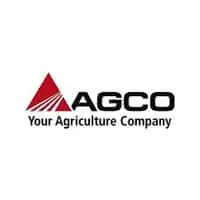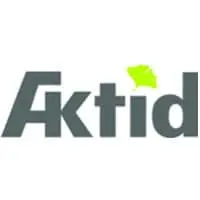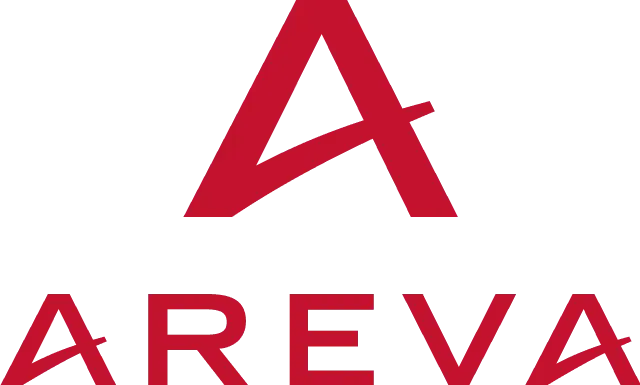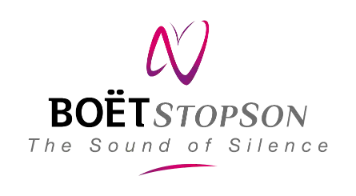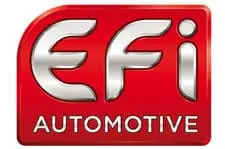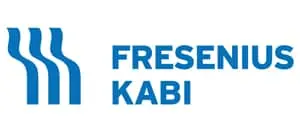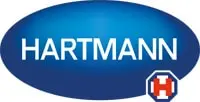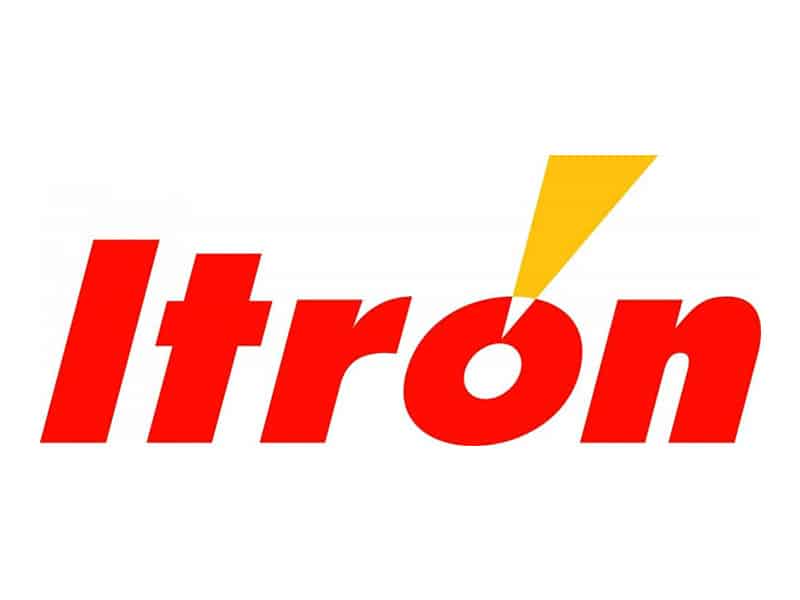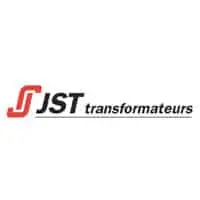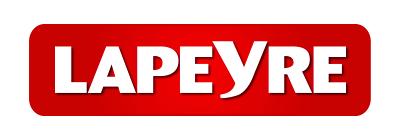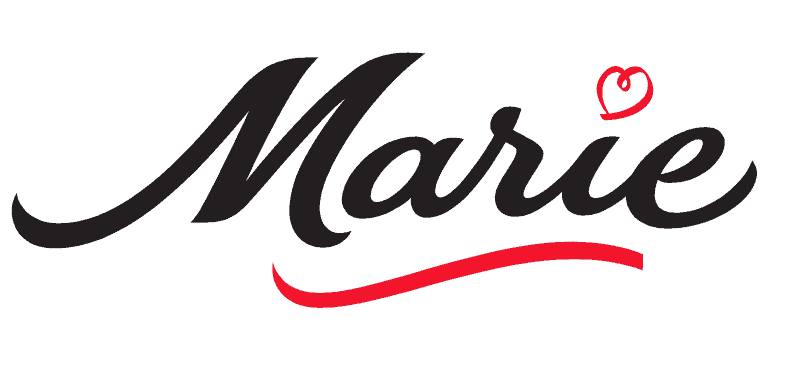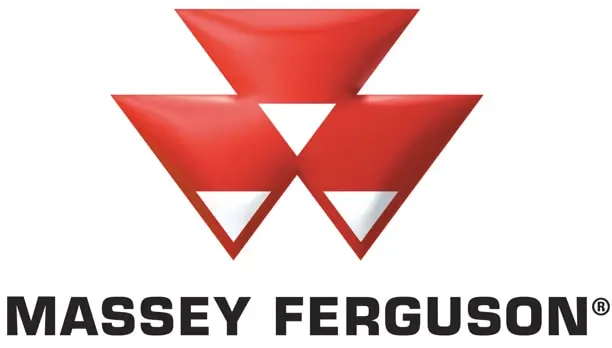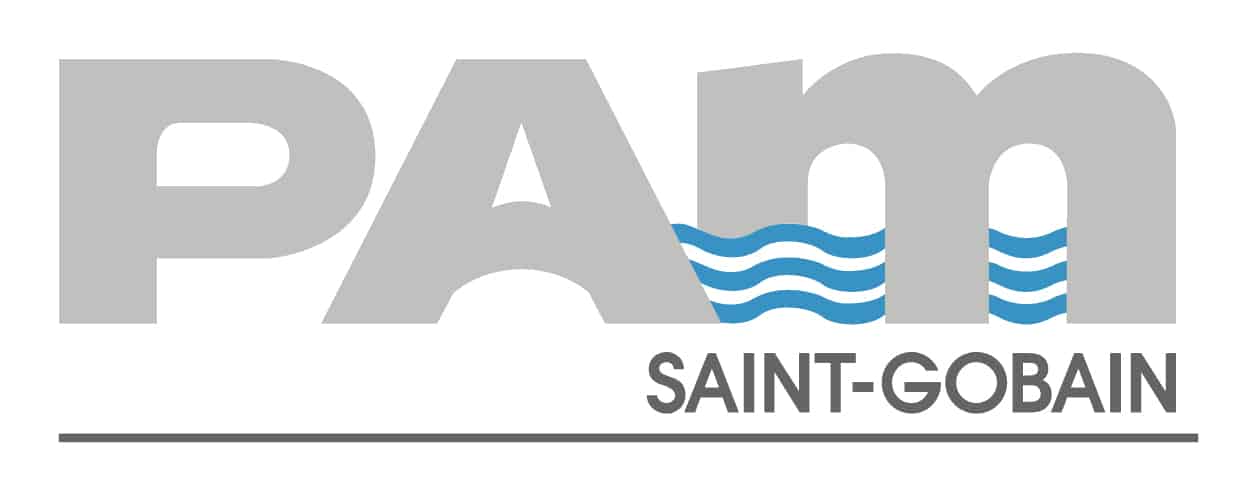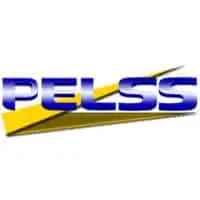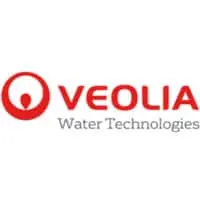MODULAR DESIGN
The failures of standardisation in development
When developing a new range, two major risks threaten standardisation choices:
Excess of standardisation
The pendulum is often pushed too far and only one variant is targeted:
A specification is therefore drawn up that is aligned with the most extreme requirements, even if they only concern a small minority of clients.
The architectural and design choices will follow the same envelope design movement, resulting in oversizing and excessive complexity that will burden direct costs.
There is no longer a cost of diversity, but an additional cost of standardisation, which is invisible but very detrimental to competitiveness.
The worst thing is that in many cases, these additional costs of standardisation will be borne… without managing to avoid minor flow variants!
Bad modularity
The idea of creating a range of standard modules that can be assembled to form a variety of configurations is in itself excellent.
As well as the choice to build a common platform that can be equipped in a differentiated way to fit different needs and users.
However, the implementation often suffers from the same pitfall: the division into modules, chosen without method and somewhat at random, proves to be excessive: the excessive number of “lego parts” multiplies the interface costs, once again to the detriment of direct costs.
Diversity choices should be considered at the design stage
A good range structure is usually not one nor a multitude of variants, but a few ones, sensibly differentiated and staggered to cover the range of needs.
They are ideally all major flows (or at least big enough to deserve to exist).
It is sometimes necessary to “break” major flows – which cover significantly different levels of needs – and therefore create some additional references, designed to the “just necessary”.
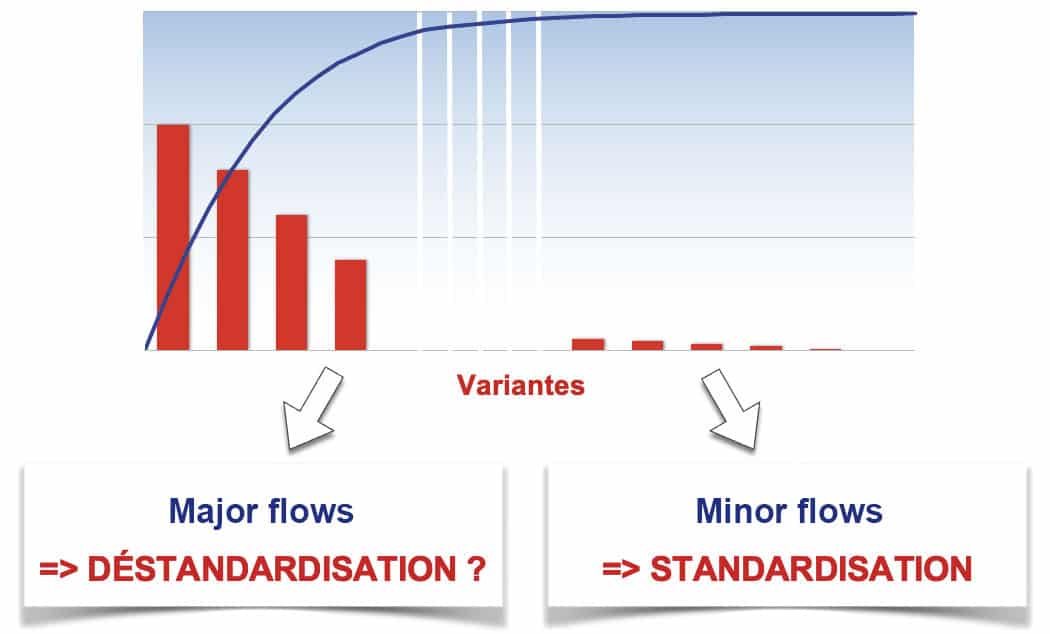
On the other hand, strong standardisation choices must be made within the multitude of minor flows.
A structured approach
Understanding the diversity of needs is the key to a good range structuring: from the outset, it is necessary to identify the diversity of expectations and to distinguish between major flow needs and rarer needs.
The analysis of unnecessary costs within the existing range reveals in particular those linked to “questionable” diversity choices (oversizing, additional interface costs, etc.).
Ideally, not a penny should be spent on a major flow because of compatibility with a minor flow variant!
The search for the Just Necessary solutions must be carried out with particular attention paid to the major flows.
Concept evaluation finally highlights the best choices of architecture and modularity that minimise the costs of the whole future range.
Once again, the Design to Cost and Value approach will be able to efficiently associate the skills concerned (Marketing, R&D, industrialisation, Purchasing, possible partners, etc.) to converge early on towards the best compromises in terms of attractiveness and competitiveness of the future range.


Standardisation also concerns services and responses to calls for tender
Where intangible costs are significant, a similar approach is equally beneficial:
About services, insufficient consideration of the diversity of needs is often the source of unsuitable offers, notably through excessive standardisation and complexity…
In the case of responses to calls for tender, there is too much of a tendency to reinvent everything, without capitalising on previous studies…
The development of standard “off-the-shelf” bases and modules from which to build responses to different needs or calls for tender is again a source of decisive gains in terms of both cost and time.
Consensus for real innovation
In initial design as well as in a posteriori rationalisation, the simplification of diversity is based on factual and reasoned observations in order to encourage consensus.
It is not a question of making sudden drastic cuts, nor of brutalising customers' habits, but rather of freeing up energies for genuine innovation.
It is better to concentrate efforts on simplified diversity and to aim for greater attractiveness and competitiveness.

STANDARDISATION OF EXISTING RANGES:
YOU HAVE A PROJECT?




